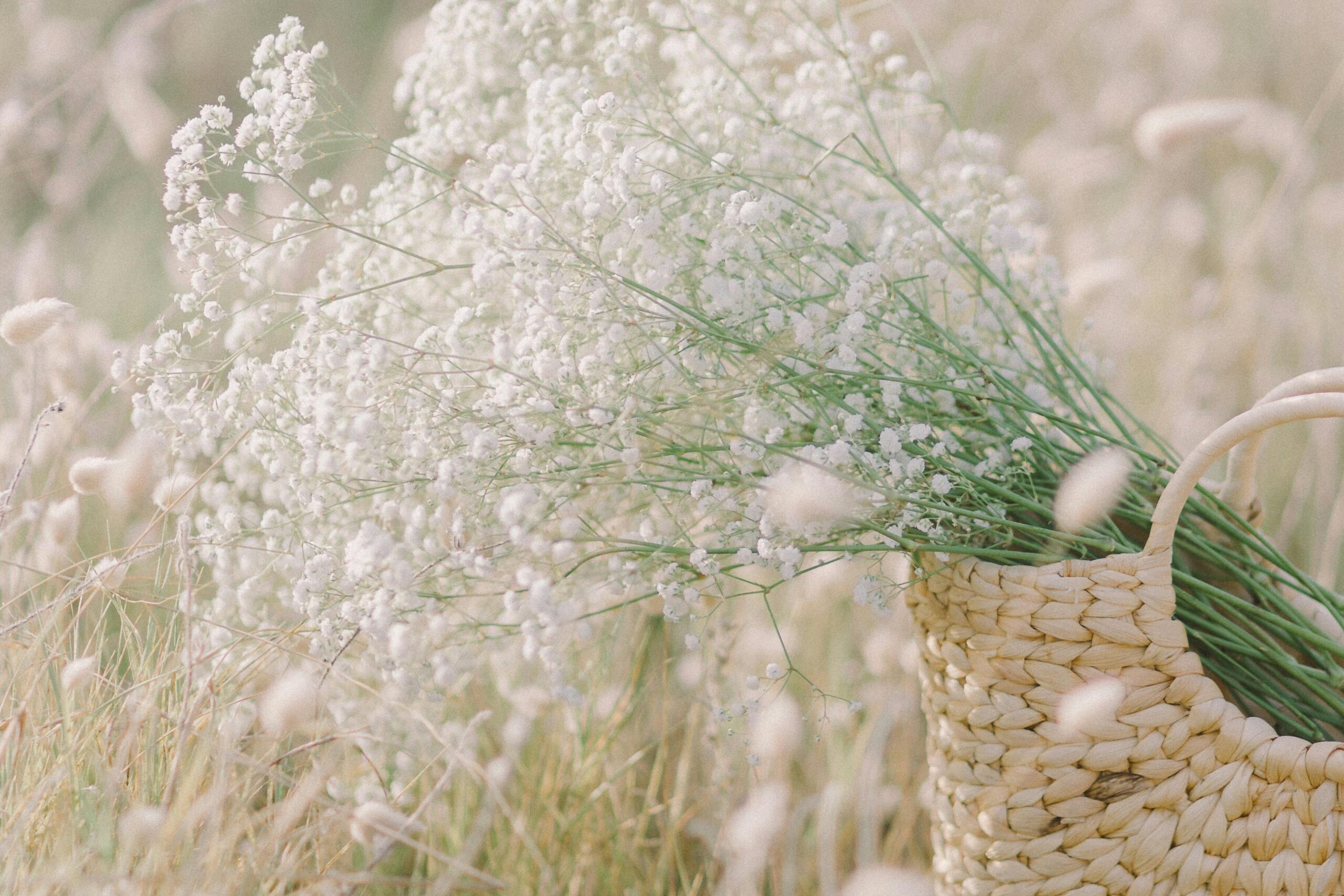Woven textiles have been an integral part of human civilization for millennia, serving not only as practical items for clothing and shelter but also as powerful symbols of culture, status, and artistry. The story of weaving is one of innovation, adaptation, and enduring beauty, stretching from the earliest handcrafted fabrics to today’s high-tech materials. In this comprehensive guide, we’ll explore the fascinating history of woven textiles, tracing their evolution across different eras and regions, and highlighting their profound cultural impact.
The origins of weaving can be traced back to prehistoric times, with evidence of simple woven fabrics dating as far back as 27,000 years ago. Early humans used natural fibers like flax, wool, and cotton, often employing basic techniques such as finger weaving or simple looms made from sticks and stones. These early textiles were crucial for survival, providing warmth and protection from the elements. Archaeological finds, such as the linen fragments from the Neolithic site of Çatalhöyük in Turkey, offer glimpses into these ancient practices and suggest that weaving was a widespread skill among early societies.
As civilizations advanced, so did weaving techniques. In ancient Egypt, around 5000 BCE, linen weaving became highly sophisticated, with looms that allowed for intricate patterns and fine fabrics used in clothing, burial shrouds, and religious ceremonies. The Egyptians prized linen for its purity and durability, and it was often associated with the divine. Similarly, in Mesopotamia, wool was the primary fiber, and weavers developed complex methods to create textiles that were traded across the region. The invention of the vertical loom in these early cultures marked a significant leap forward, enabling faster production and more detailed designs.
In Asia, weaving traditions flourished independently. China, for instance, is renowned for its silk production, which began as early as 3630 BCE. Silk weaving became a highly guarded secret, with techniques passed down through generations and fabrics that were coveted along the Silk Road for their luxury and beauty. The Chinese also developed advanced looms, such as the drawloom, which allowed for the creation of elaborate patterns like those seen in brocade and damask. Meanwhile, in the Andes of South America, ancient cultures like the Inca mastered weaving with alpaca and vicuña fibers, producing textiles that were not only functional but also rich in symbolic meaning, often depicting mythological scenes and social hierarchies.
The Middle Ages saw weaving become a cornerstone of the European economy, with guilds regulating the craft and innovations like the horizontal treadle loom increasing efficiency. This period also witnessed the rise of tapestry weaving, where large, pictorial textiles told stories from religion and history, adorning the walls of castles and cathedrals. The Industrial Revolution of the 18th and 19th centuries brought even more dramatic changes, with inventions like the flying shuttle, spinning jenny, and power loom mechanizing production and making textiles more accessible to the masses. However, this shift also led to the decline of handweaving in many areas, as factories took over.
In the 20th and 21st centuries, woven textiles have continued to evolve, blending traditional methods with modern technology. Synthetic fibers like nylon and polyester have expanded the possibilities for durability and design, while computer-aided looms allow for unprecedented precision and customization. Today, weaving is not just about utility; it’s a form of artistic expression, with contemporary artists and designers pushing boundaries in fashion, interior design, and even architecture. Moreover, there’s a growing movement to revive ancient techniques, emphasizing sustainability and cultural preservation.

Throughout history, woven textiles have reflected the values and innovations of their times. From the linen wrappings of Egyptian mummies to the smart fabrics used in today’s wearable technology, they tell a story of human ingenuity. As we look to the future, the legacy of weaving reminds us of the importance of craftsmanship and the endless potential for creativity. Whether you’re a beginner weaver or a seasoned enthusiast, understanding this rich history can deepen your appreciation for the craft and inspire your own projects.








Leave a Reply to CreativeCrafts Cancel reply